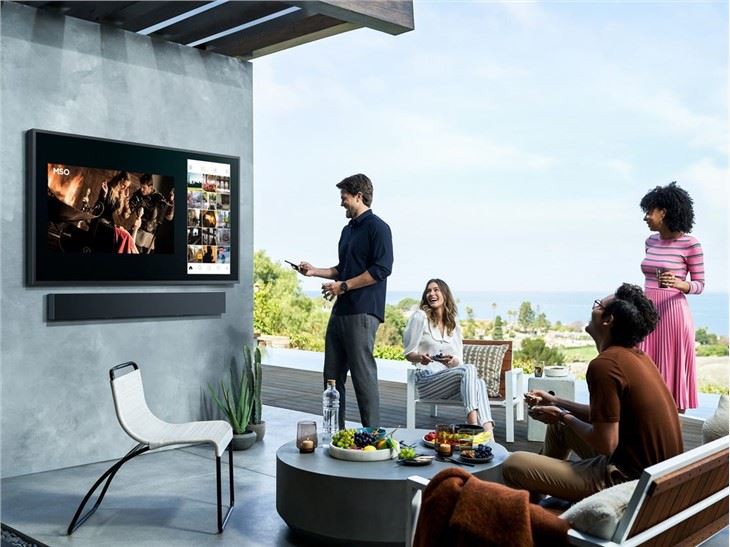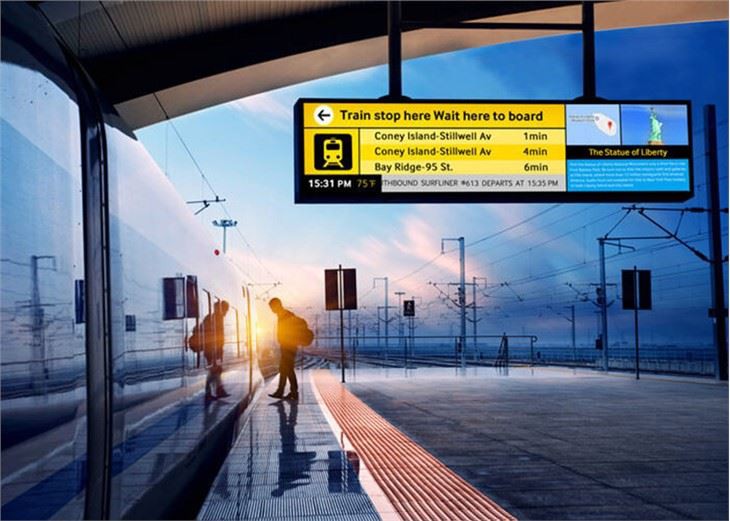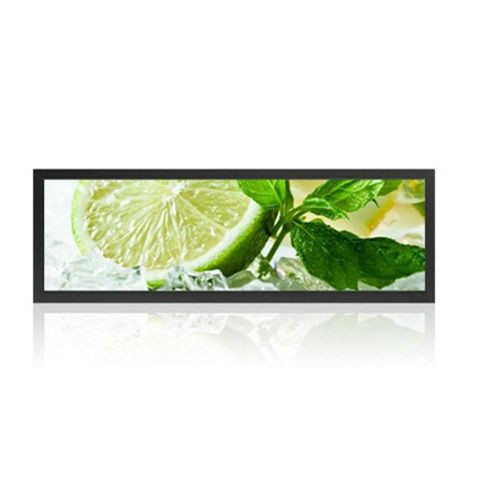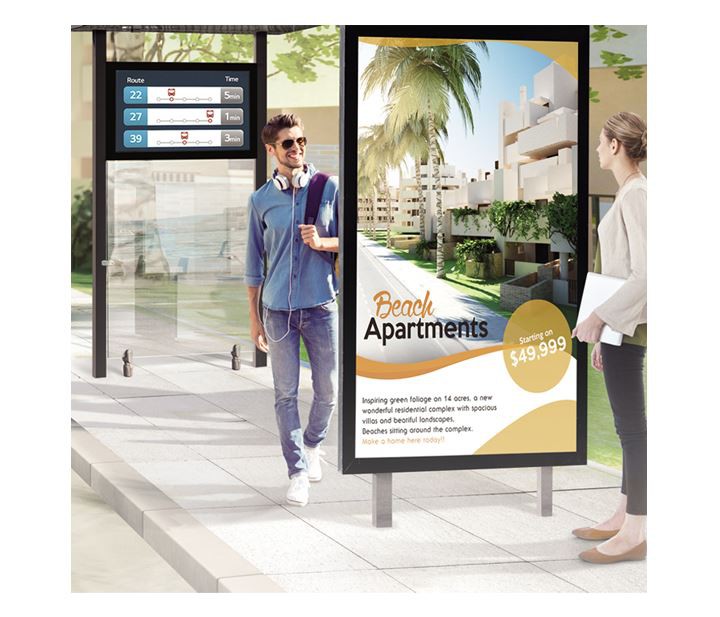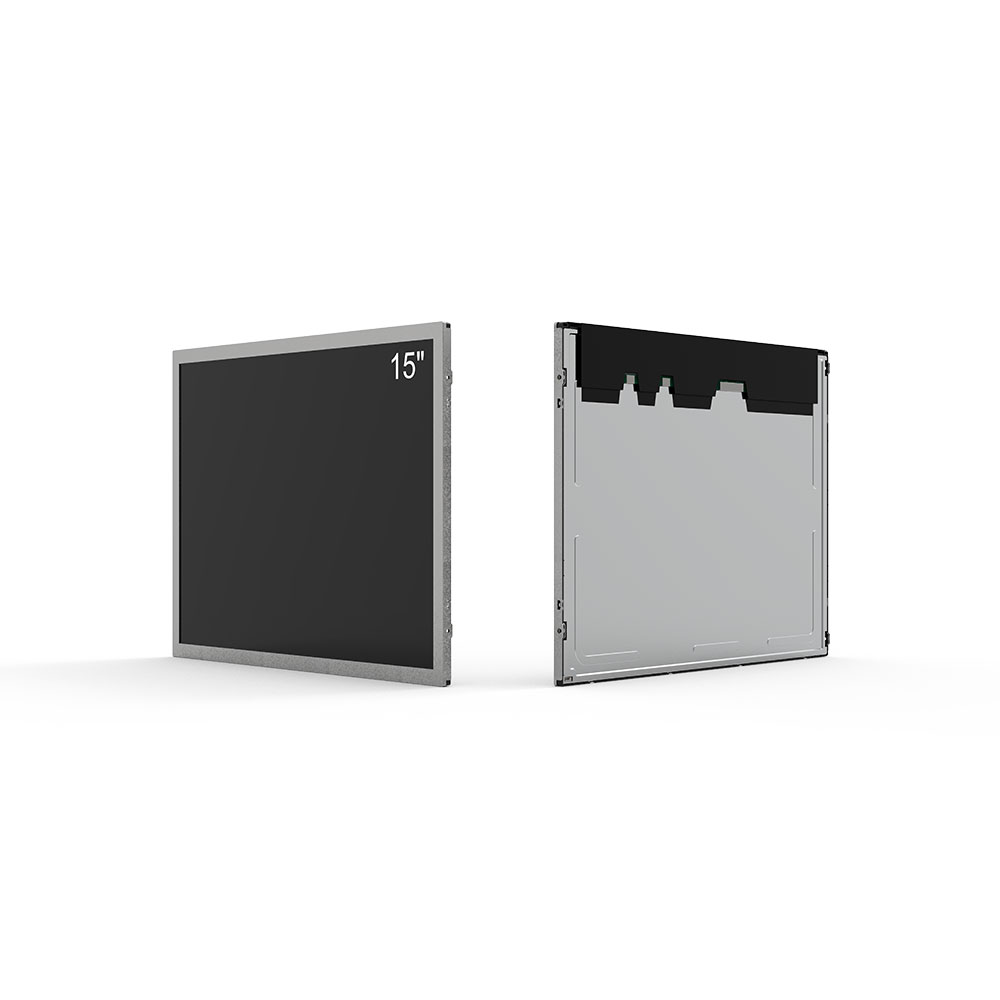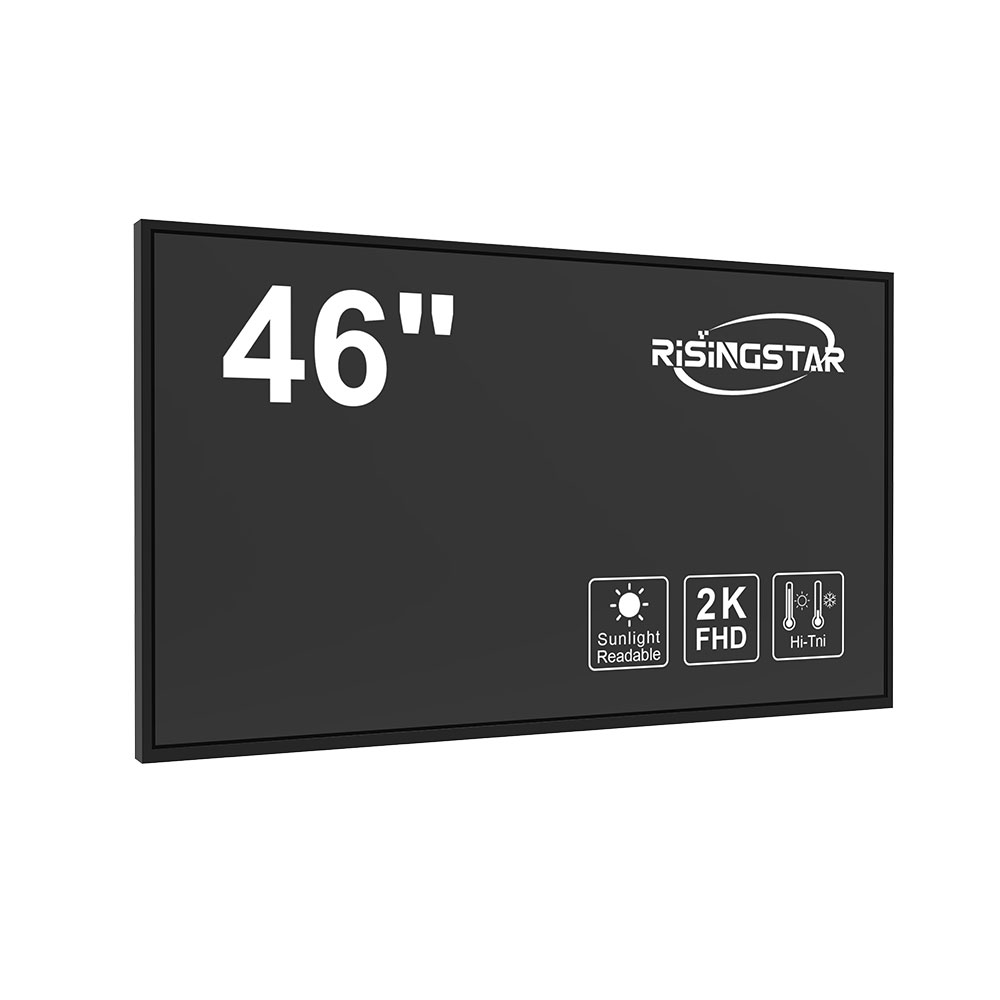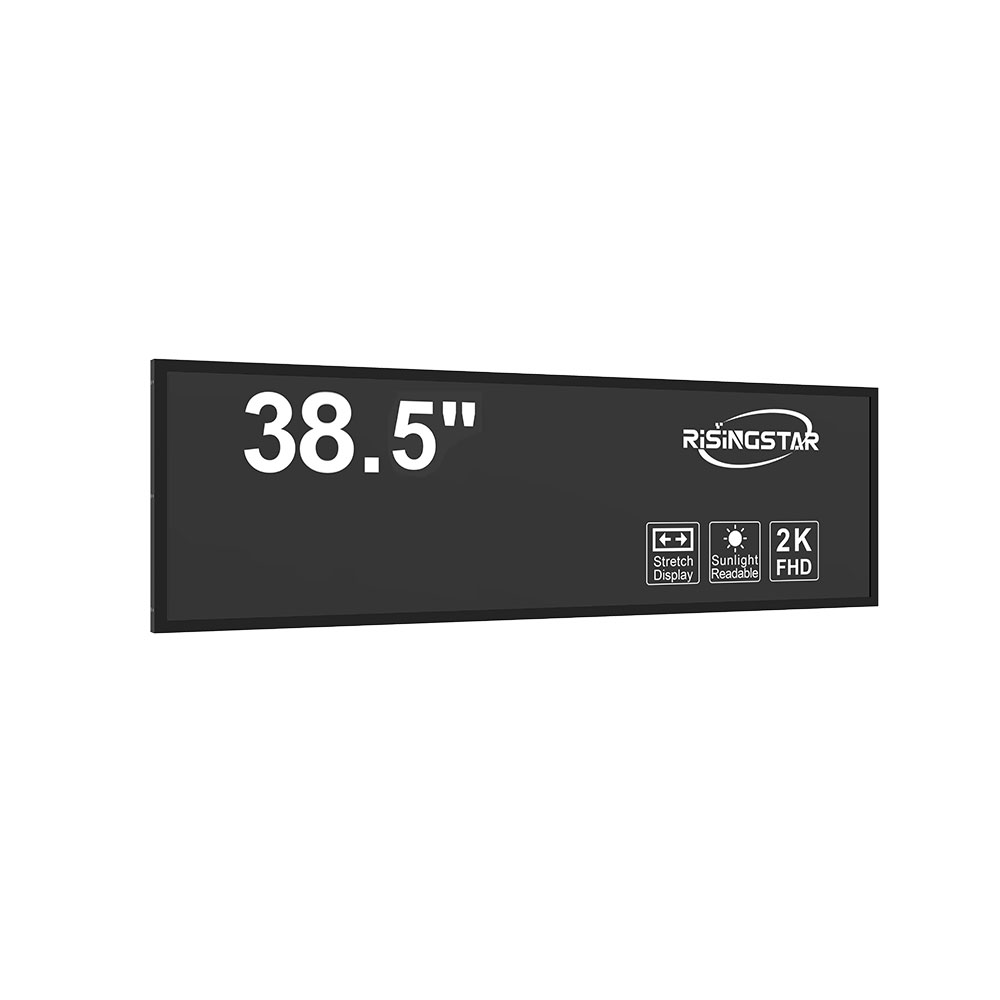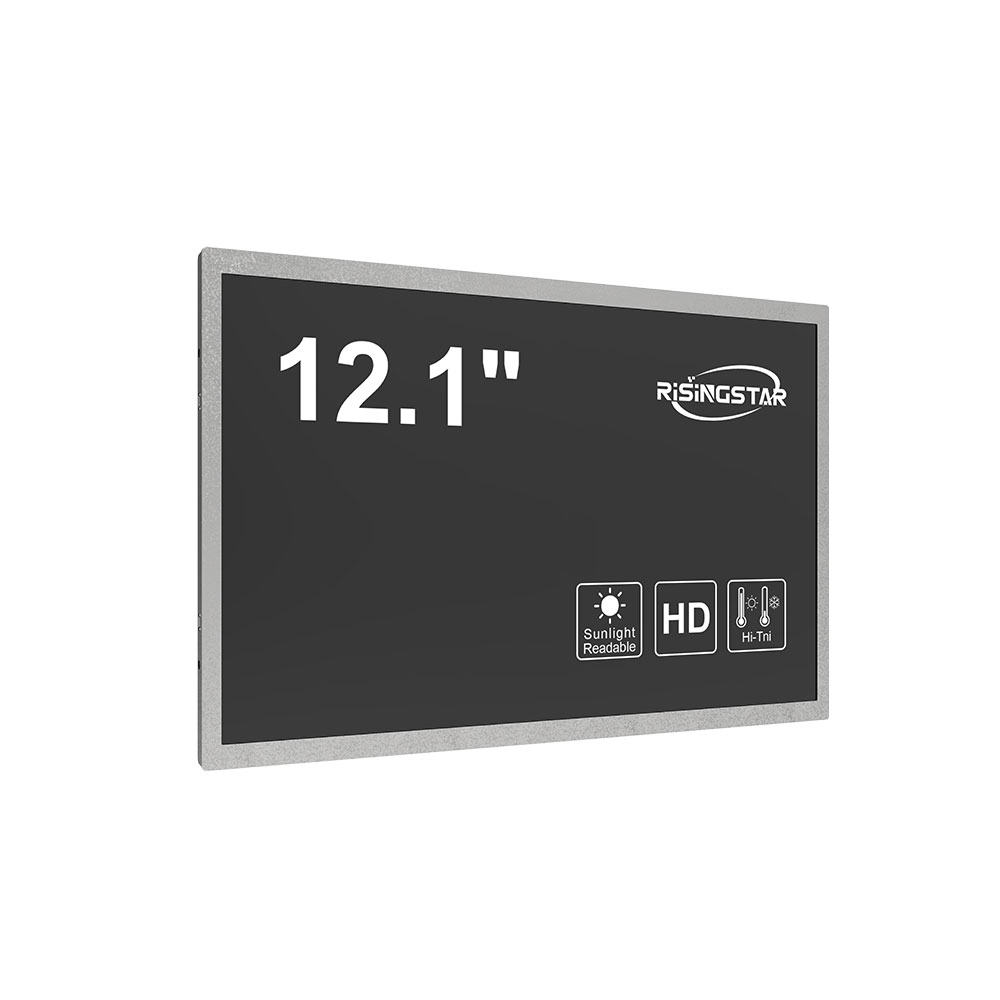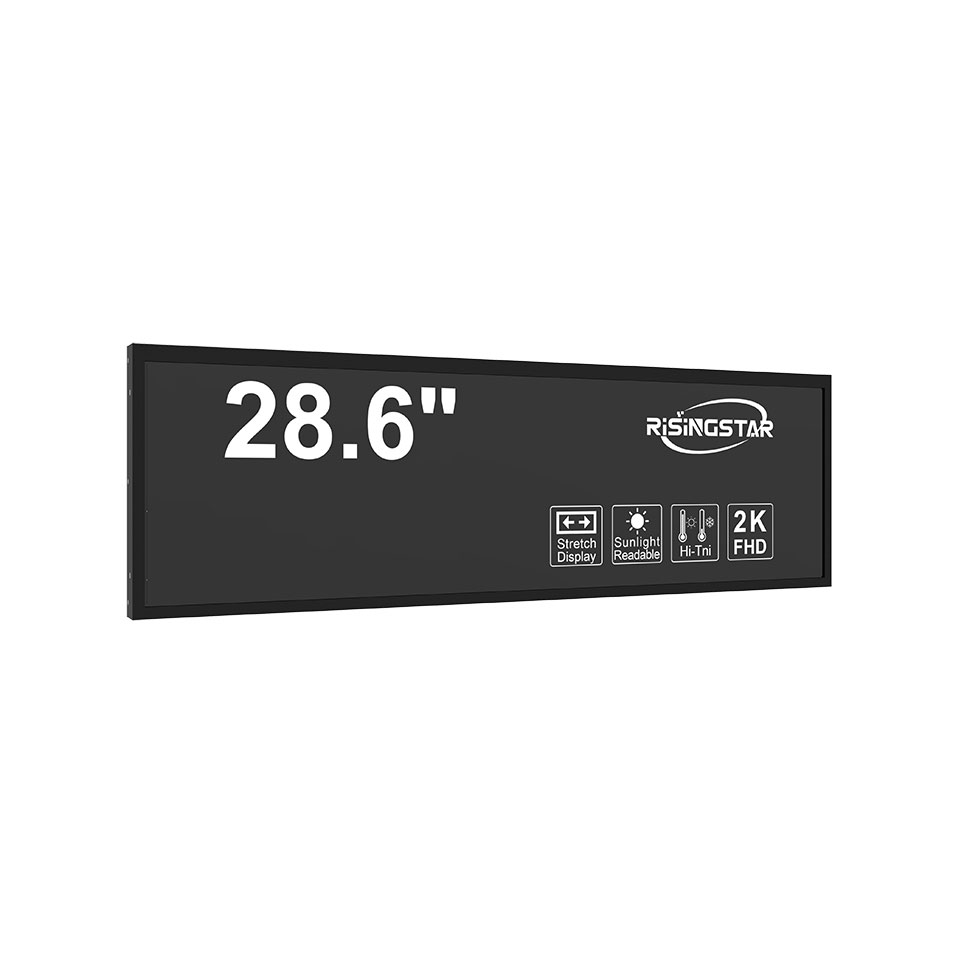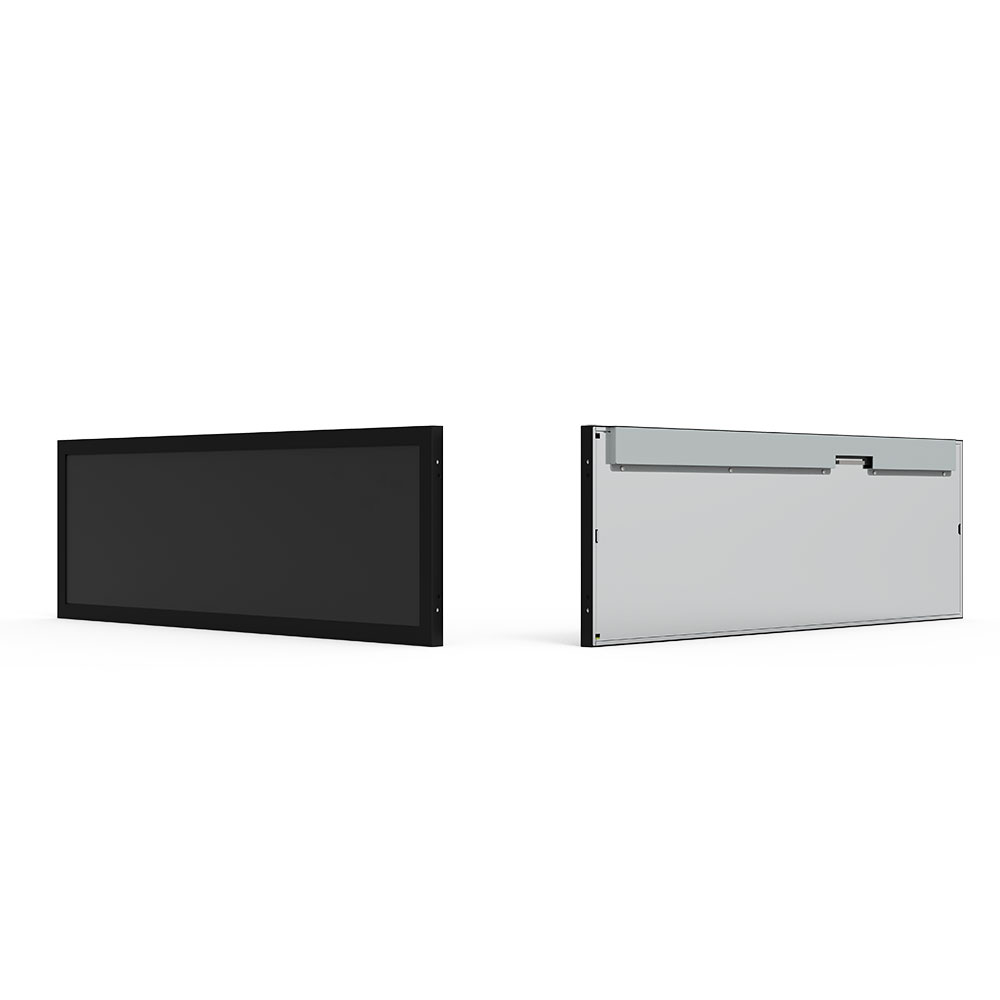In modern transportation infrastructure—ranging from airports, bus terminals, and subway stations to train depots and ferry docks—passenger information displays (PIDs) are critical for delivering real-time updates on schedules, delays, safety alerts, and emergency instructions. These systems must operate reliably in harsh outdoor environments characterized by temperature extremes, humidity, dust, rain, and even salt spray in coastal areas. This is where high-brightness LCD displays with an IP66 waterproof rating become indispensable.
An IP66 rating, as defined by the International Electrotechnical Commission (IEC 60529), signifies two key protections: complete dust tightness (6) and protection against powerful water jets from any direction (6). This makes such displays ideal for unsheltered or semi-outdoor installations where traditional indoor screens would fail within weeks due to moisture ingress or particulate contamination. According to a 2023 report by MarketsandMarkets, the global Ulkoilma digitaalinen merkintä market is projected to reach $38 billion by 2028, with transport hubs accounting for over 35% of that growth—driving demand for ruggedized, weather-resistant solutions like IP66-rated PIDs.
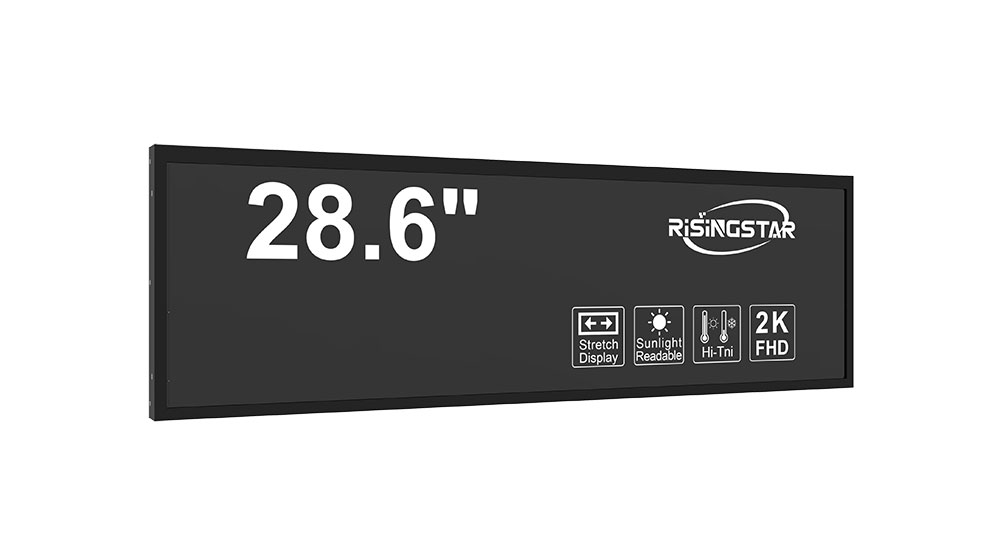
High-brightness outdoor LCDs typically offer luminance levels of 5,000 to 10,000 nits, far exceeding the standard 300–500 nits of indoor displays. This ensures visibility under direct sunlight—a crucial factor for passenger readability. The integration of advanced anti-glare coatings, wide viewing angles (up to 178°), and LED backlighting further enhances performance. In addition, many manufacturers now embed smart features such as automatic brightness adjustment based on ambient light sensors and remote diagnostics via IoT connectivity—making these displays not only durable but also energy-efficient and maintenance-friendly.
Case studies from major transit authorities highlight the value of IP66 compliance. For example, London Underground’s deployment of 1,200 IP66-rated PIDs across platforms saw a 40% reduction in service disruptions related to display failures over a two-year period. Similarly, Singapore’s Land Transport Authority upgraded its bus stops with IP66-enabled LCDs, reporting zero moisture-related malfunctions despite tropical monsoon conditions.
From a technical standpoint, achieving IP66 certification involves rigorous testing: dust chambers simulate fine particle exposure, while high-pressure water jets (at least 100 liters per minute at 100 kPa) test sealing integrity. Manufacturers must use robust materials such as aluminum enclosures with silicone gaskets, sealed cable entries, and conformal-coated PCBs to meet these standards. Compliance with EN 60068-2-30 (environmental testing) and MIL-STD-810G (military-grade durability) often complements IP66 certification in professional applications.
Ultimately, integrating IP66-rated outdoor LCDs into passenger information systems ensures long-term reliability, improves passenger experience through clearer communication, and reduces total cost of ownership by minimizing downtime and repairs. As cities expand their smart mobility ecosystems, investing in certified, high-performance outdoor displays isn't just best practice—it's essential infrastructure.



